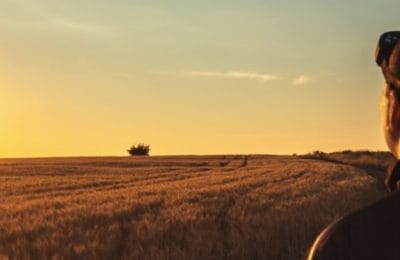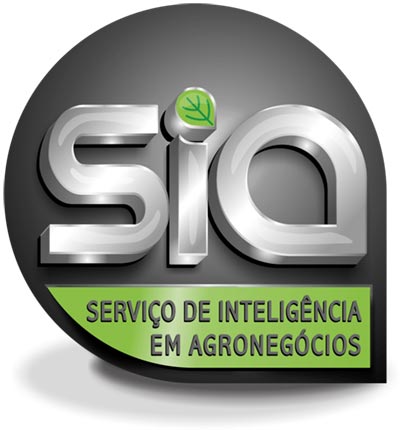When talking about great opportunities for livestock farmers, grazing on pasture is always one of the most interesting possibilities to further monetize their production, in addition to
clear of the benefits it brings to the next phase, the fattening or finishing phase. It shortens the production system by eliminating part of it, ending with the sale
or transfer of the animal to a confined finishing system.
In comparison with a full cycle system, one may have the false sensation of a lower gross yield, since the result per animal ends up being slightly lower.
lower. However, when evaluating several factors, pasture rearing allows for greater stock turnover, which ends up compensating for this lower gain per animal when one has a view
wide herd. Market factors and their variation from region to region must also be taken into account.
Thinking about the financial capital of the property, pasture farming has a greater capacity to generate dividends, as long as feasibility studies are taken into account.
technical-financial, animal management, pasture management, opportunity costs, etc. That’s where technical assistance comes in, where it will enable the greatest possible gains within
of these factors through decision-making with a technical-scientific basis aiming to achieve maximum gain potential.
The benefits of this system are not only financial, in addition, it requires less complexity and generates other benefits, such as: through simple logic, we can evaluate the weight gain of animals when grazing is improved. During the complete cycle, the animal must show a weight gain of approximately 350 kg; from weaning (180 kg) to slaughter (530 kg). With a well-defined and implemented pasture rearing, high magnitude gains are possible, leaving only the final finishing of the animal for the confinement phase.
According to data from ESALQ/USP, confined cattle in Brazil spend 70 to 80 days in this condition, which corresponds to less than 10% of the nutrients ingested by the animal, and yet it is during this period that the highest costs/animal/day occur of a production system.
Pasture rearing, when well managed, brings high production efficiency, which makes it possible to increase stock turnover by up to two times, accelerating weight gain
at this stage and making the property more versatile in relation to the external market, always having animals available for sale or to work within the property itself if
this has a confinement for termination. Increasing sales volume in categories and optimizing business results. When talking about market versatility,
we have to observe the growing meat export market to countries like China, for example.
The growing demand means that increasingly younger animals are slaughtered (the Chinese ox, as it is called, is slaughtered at a maximum of 30 months) and the best way to
Taking advantage of this specific market niche is by shortening or improving the rearing, since at finishing the margin for reducing time at this stage is smaller. In relation to the domestic market, the growing development of the Premium meat market follows the same trend of slaughtering young animals, reinforcing the idea of improving the rearing phase.
Another benefit of a well-done rebuild is the increase in the property’s carrying capacity. In general, cattle consume 2.5 to 3% of their live weight in forage.
Using technical devices such as good pasture and herd management, the rate of accumulation of this pasture is increased, producing a greater mass of pasture per
period of time. As the rearing herd is lighter than the fattening herd, it can support around 35% more animals in the same area for this category specifically.
Remembering that fundamental productive factors in pasture production must be respected, such as forage planning, pasture management and all with technical support.
Greater inventory turnover combined with an increase in the property’s support capacity has a positive impact on results.
The more you qualify and specialize in the activity, be it re-creation, termination or both, the easier it is to operationalize the processes and, consequently, manage them.
This way, the visibility of results becomes clearer, boosting gains, leveraging profits.
But if I specialize in pasture breeding, will I have greater profits when finishing in confinement? The answer is yes! Breeding is one of the longest, most
complex, and also the most important within the production system. And the confinement, which was initially used to purchase animals during the off-season, is seen
currently part of the production system and also as a way to increase the quality of meat, by reducing the age at slaughter. Confinements play a role
fundamental for Brazil to enter specific sales markets. However, the price paid for confined animals still presents a small difference. Therefore, the association of
recreates pasture and confinement expands this difference, increasing negotiation power and increasing profits through the offering of high quality meat at low cost.
production in the growing phase.
Well-executed breeding will trigger a series of benefits, such as increased stock turnover, greater marketing and sales flexibility, increased production capacity,
property support and increased profits.
Accompanied by a specialized technical basis, the complexity of this production phase is reduced, increasing profitability in a safer, less expensive way.
risky and generating good zootechnical indexes and resulting in great satisfaction.



